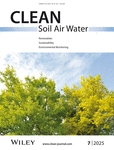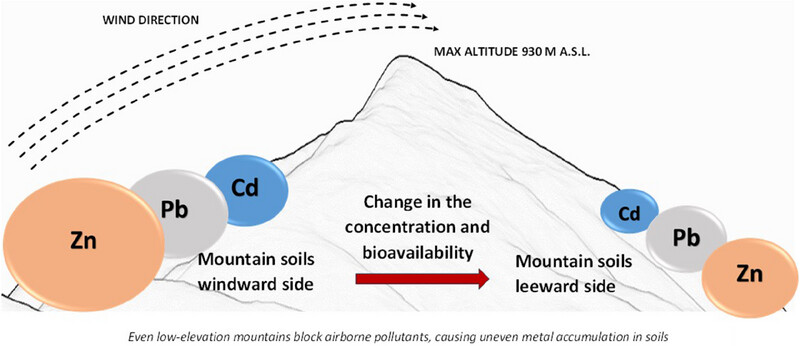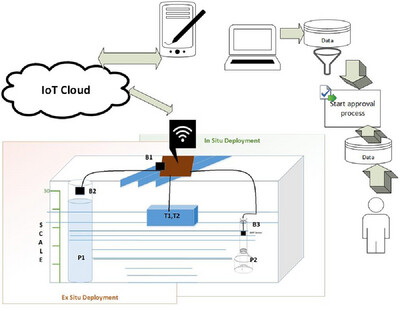Journal list menu
Export Citations
Download PDFs
ISSUE INFORMATION
RESEARCH ARTICLE
Improved Biodegradation of Reactive Red 120 by Pseudomonas aeruginosa JU_CHE_01: Isolation, Characterization, and Statistical Optimization
- First Published: 04 July 2025
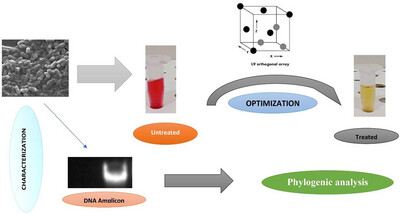
Pseudomonas aeruginosa JU_CHE_01, a potent dye-degrading bacterium, was isolated and identified for the biodegradation of Reactive Red 120 (RR120) dye. Morphological, biochemical, and molecular characterization confirmed the strain's identity. Initial decolorization studies demonstrated significant RR120 degradation capacity. Statistical optimization using Taguchi methodology enhanced decolorization efficiency under optimal conditions (carbon source, nitrogen source, pH, temperature, and inoculum dose). The study highlights the promising application of this isolate in eco-friendly treatment of textile dye effluents.
WITHDRAWAL
Withdrawn: Changes in Microbiota of Baltic Sea Coastal Sediments Caused by Nonylphenol Contamination
- First Published: 23 May 2019
RESEARCH ARTICLE
Towards Soil Health and Sustainable Development: Soil Physicochemical Response to Acid Rain Leaching
- First Published: 06 July 2025
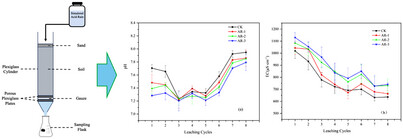
Air pollution from industrial growth has led to acid rain, which can harm soil health by disrupting its ability to support plants and microbes. In this study, we simulated acid rain with different acidity levels and tested how it affected soil chemistry in lab experiments. We found that more acidic rain lowers soil pH and depletes important minerals. The surface soil maintained a higher pH buffering capacity than the deeper soil.
Spatial Distribution of Contamination With Selected Trace Metals in Mountain Soils of the Beskid Mały Mountains in Southern Poland
- First Published: 10 July 2025
Heavy Metals in Foliar Dust: Utilizing Ziziphus spina-christi Leaves in Estimating Levels of Vehicular Pollution
- First Published: 14 July 2025
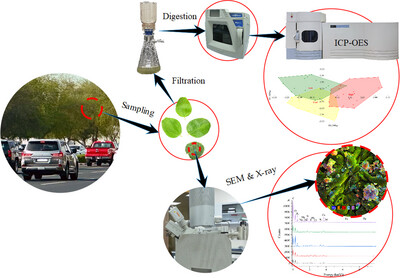
Analysis of traffic-related metal accumulation in the leaves of Ziziphus spina-christi which involves proximity sampling to roadways, followed by digestion, filtration, and analysis utilizing ICP-OES as well as SEM and X-ray methodologies. Presence and distribution of metals found, such as Al, Cr, Fe, Zn, and Cu, underscoring the influence of traffic pollution on vegetation.
IoT-Enabled Liquid Level Measurement and Characterization Using Differential Pressure Sensor Method
- First Published: 20 July 2025
Green Nanotechnology for Crop Enhancement: The Role of ZnO Nanoparticles Synthesized With Lavender Extract
- First Published: 25 July 2025
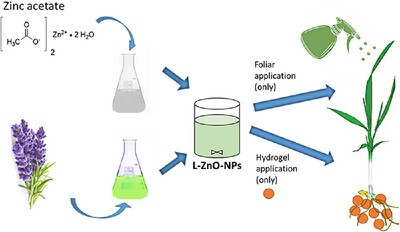
In this study, eco-friendly synthesis of ZnO-NPs using lavender (Lavandula angustifolia) extract (l-ZnO-NPs) was carried out and the effects of two different applications, namely, foliar spraying and hydrogel integration, on the growth and development of wheat crops were highlighted. For a comprehensive assessment of plant development, important growth parameters, including chlorophyll amount and root and shoot lengths were evaluated. The findings indicate that green synthesized ZnO-NPs can be used for eco-friendly and efficient agricultural applications.




